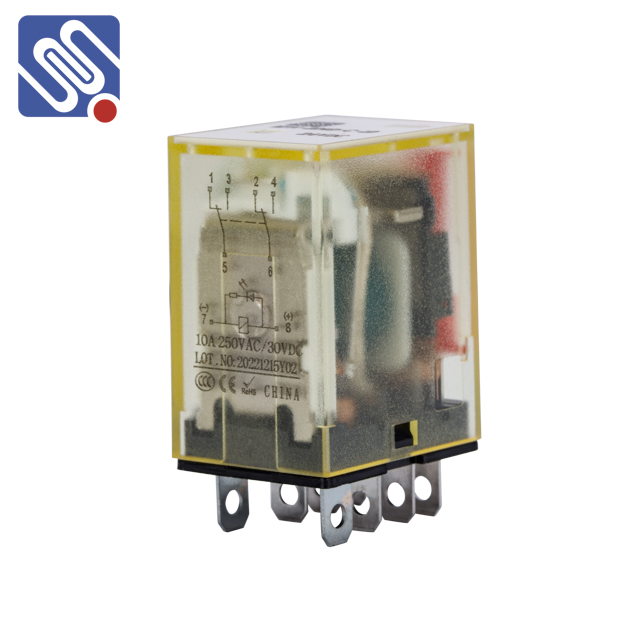A general-purpose relay is a versatile and widely used electrical device that plays a crucial role in many industrial, commercial, and residential applications. Relays are essentially electromechanical switches that allow low power signals to control high power circuits, providing both safety and automation. This article will explore the function, applications, advantages, and types of general-purpose relays to provide a comprehensive understanding of this essential electrical component.

What is a General-purpose Relay? A general-purpose relay is a type of electromagnetic switch that operates by using an electromagnet to move a contact arm. When an electrical current is passed through the relay’s coil, it generates a magnetic field that attracts or repels a set of contacts, closing or opening the circuit. This simple mechanism enables a small current or voltage to control much larger currents and voltages, which is crucial for many applications, such as controlling motors, lights, alarms, and other electrical systems. How Does a General-purpose Relay Work? At the core of a general-purpose relay is the electromagnetic coil, which is the driving force behind its operation. The relay has one or more sets of contacts that are either open (NO, normally open) or closed (NC, normally closed). When the coil is energized, the resulting magnetic field pulls the armature, either opening or closing the contacts.